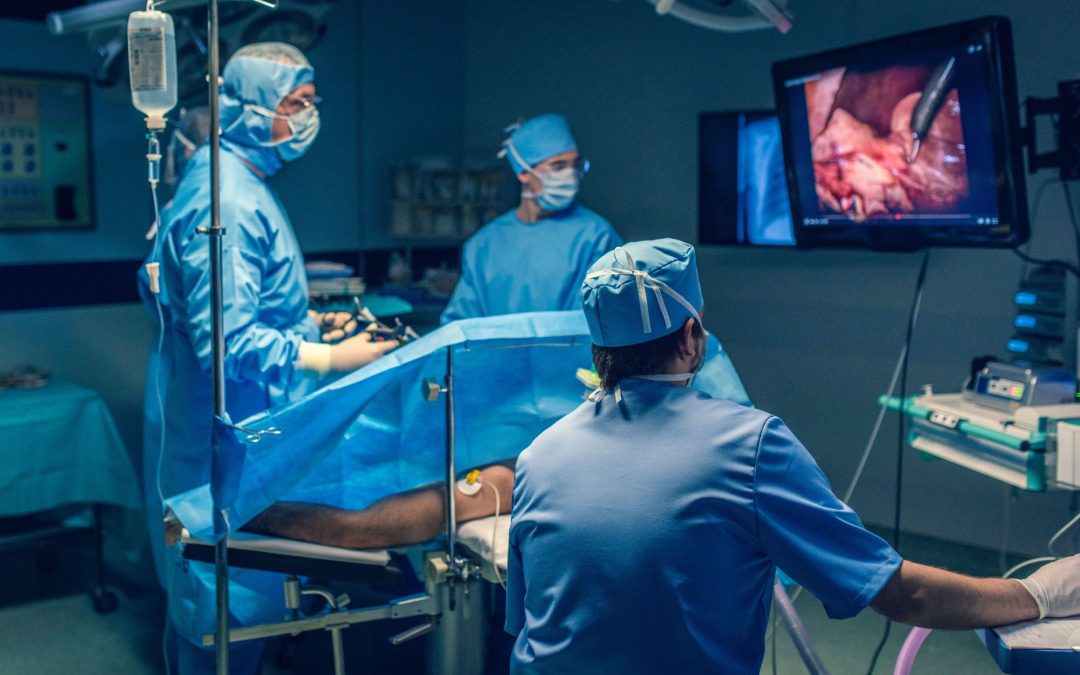Gallbladder cancer is an abnormal growth of cells that begins in the gallbladder.
Your gallbladder is a small, pear-shaped organ that stores and releases bile. Bile is the fluid your liver produces that helps digest fats in the food you eat.
Gallbladder cancer is uncommon. When gallbladder cancer is discovered at its earliest stages, the chance for a cure is very good. But most gallbladder cancers are discovered at a late stage, when the prognosis is often very poor.
Signs and Symptoms
Noticeable symptoms of gallbladder cancer typically don’t appear until the disease is very advanced. That’s why, usually, it’s already spread to nearby organs and lymph nodes or traveled to other parts of your body when it’s found.
- Abnormal pain, usually in the upper right portion of your abdomen
- Jaundice which is yellowing of your skin and the whites of your eyes due to high levels of bilirubin from obstruction of your bile ducts
- lumpy abdomen, which occurs when your gallbladder enlarges due to blocked bile ducts or the cancer spreads to your liver and lumps are created in your upper right abdomen
- nausea and vomiting
- weight loss.
- fever
- abdominal bloating
- dark urine
Tests that might be used to diagnose, stage, and plan treatment for gallbladder cancer include:
- Blood tests. liver function test show how well your liver, gallbladder, and bile ducts are working and give clues about what’s causing your symptoms.
- Ultrasound. Images of your gallbladder and liver are created from sound waves. It’s a simple, easy-to-perform test that’s usually done before others.
- CT scan. The images show your gallbladder and surrounding organs.
- MRI scan. The images show greater detail than other tests.
- Percutaneous transhepatic cholangiography (PTC). This is an X-ray taken after dye is injected that shows blockages in your bile ducts or liver.
- Endoscopic retrograde cholangiopancreatography (ERCP). In this test, a lighted tube with a camera, known as an endoscope, is inserted through your mouth and advanced to your small intestine. Dye is then injected through a small tube placed in your bile duct and an X-ray is taken to look for blocked bile ducts.
- Biopsy. A small piece of the tumor is removed and looked at under a microscope to confirm a cancer diagnosis.
Cancer staging tells you if and where the cancer has spread outside of your gallbladder. It’s used by doctors to decide on the best treatment strategy and determine the outcome.
Surgery can potentially cure gallbladder cancer, but all of the cancer must be removed. This is only an option when the cancer’s found early, before it’s spread to nearby organs and other parts of the body.
Chemotherapy and radiation are often used to make sure all the cancer is gone after surgery. It’s also used to treat gallbladder cancer that can’t be removed. It can’t cure the cancer but can prolong life and treat symptoms.
Make an appointment with your doctor if you experience any signs or symptoms that worry you.



